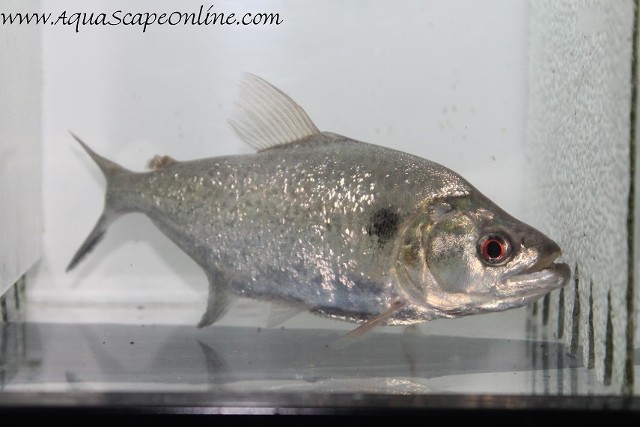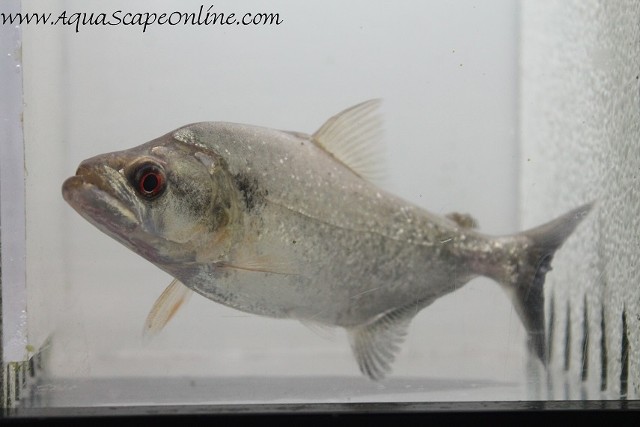Scientific Name: SERRASALMUS ELONGATUS.
Common Names: Elongated Piranha, Pike Piranha, S. Pingke.
Range: Lakes, ponds and rivers in the Llanos (Venezuela/Columbia), and Amazonian Brazil. Adult Size: 25-30cm. (10-12").


Body Characteristics: The most remarkable feature of this species is its elongated body, setting it apart from all of its relatives. It's torpedo-like body shape is a clue to its behaviour: this species is a very active and agile swimmer and hunter. There are at least two different color variants of S. Elongatus: one has a silvery body, with a dark tail fin, humeral spot and facial markings, and greyish dorsal and anal fins. The other variant has a darker face and fins, orange to red pectoral fins, and traces of red in the lower face and gill plates. These variants live in habitats ranging from fast-flowing rivers to ponds and lakes with little water movement. This may suggest the existence of two or more seperate (sub-)species, but it still has to be validated scientifically. The differences in appearance can also be caused be differences in habitat, the water chemistry (black water vs. white water), or diet.
Distinctive/unique features: Salmon-like, elongated body.
Tank: This active species is a very fast swimmer, and therefore needs a spaceous tank, even though it doesn't grow to very large sizes. At least 35 gallons is necessary, but a larger tank is recommended. Because S. Elongatus is such an active species, the tank should have enough space for it to swim freely (length and width are much more important than height) and should not contain too many obstacles. Strong currents, produced by a powerhead, pump or power filter are be appreciated, since it simulates its natural habitat.
Compatible Species: NONE. This species is considered to be extremely agressive and very intolerant towards other fish in its tank (and also to its owner: many Elongatus owners are 'attacked' through the tank glass by their 'pet'...), although multiple specimen have been kept in the same tank for a while.
Food: Fish (fillets, frozen fish and live feeders), shrimps and other crustaceans, insects. It can be really hard to 'teach' this fish to eat non-live foods, and some specimen will refuse to eat prepared food items alltogether.
By: Jonas Hansel
(Thank You for the great information)